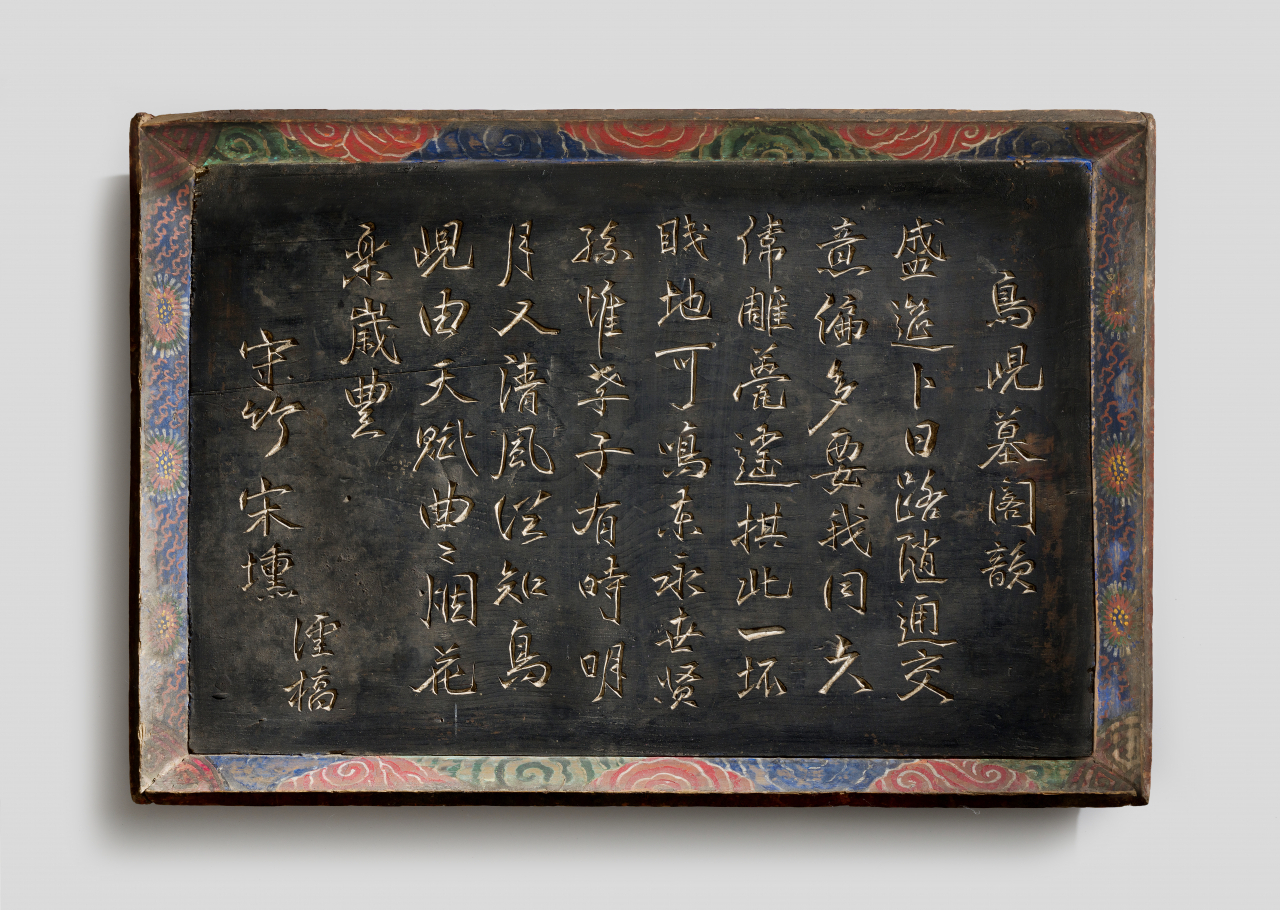 |
A four-volume series on Korea and Japan histories and their ties authored by the Korean Provisional Government (Korea Heritage Service) |
Documents, books and a plaque shedding light on Korean independence activists who fought against Japan’s 1910-45 colonial occupation were disclosed Wednesday, a day before National Liberation Day.
Thirteen documents written between 1851 and 1909 show how independence fighters organized a militia and how Japanese police cracked down on them. It’s the first time the 13 original documents have been made public, the Korea Heritage Service said, noting they were repatriated from Japan last month after their existence came to light last December.
The agency believes a senior Japanese police officer had compiled the copies in the current format around August 1939. “He must have seen the value of the documents,” said an official at the Overseas Korean Cultural Heritage Foundation, the agency-run group that helps efforts to reclaim Korean heritage discovered overseas.
A four-volume series exploring the histories of Korea and Japan and the ties between the countries is one of the rarest discoveries to date, according to the state-run heritage agency. The series was authored by the Korean Provisional Government in 1919 to ask the League of Nations to bring Japan’s colonial rule under greater scrutiny.
Of the 100 sets originally made, only three sets of the four-volume work remain, according to the agency. The other two extant sets are kept at the Independence Hall of Korea and at Columbia University’s C.V. Starr East Asian Library in the US. The agency acquired its four volumes in May when a Korean living in the US unconditionally donated it to the government.
Also unveiled Wednesday was the Johyeon Myogagun plaque, a poem plaque created by Song Hun, the father of Korean independence fighter Song Jin-woo.
The plaque, made between the mid-19th century and early 20th century, features a poem marking the establishment of “myogak,” or a hall set up next to a tomb for rituals, in Johyeon -- the old name for areas now known as Gwangdeok-ri in Damyang, South Jeolla Province.
Song founded Damyang School, a modern-style educational institution. The plaque was donated by a Korean antiques dealer in Japan in June.
 |
The Johyeon Myogagun plaque (Korea Heritage Service) |







![[Today’s K-pop] Blackpink’s Jennie, Lisa invited to Coachella as solo acts](http://res.heraldm.com/phpwas/restmb_idxmake.php?idx=644&simg=/content/image/2024/11/21/20241121050099_0.jpg)